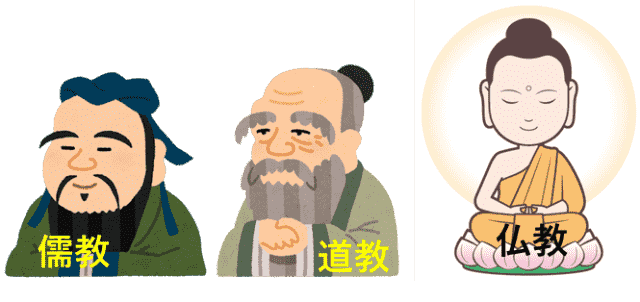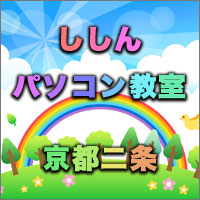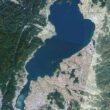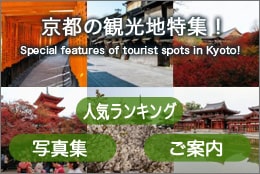Shugeishuchiin Temple
Posted date:2024-07-26Author:じゅうべい(Jubei) Transrator:ポンタ(Ponta)
Category:Talk about Kyoto
広告
adsense4
When thinking back…

It was one day, when I was walking in Toji Temple without much thought. Suddenly, I recalled such a thing. That there was a school opened by Kukai for the public by the side of Toji Temple.
Its name is, yes, the Shugei shuchi-in.
・ and open every possibility that humans have (Shuchi).
It is the school whose name has such meanings.
A learning center where anyone can freely learn what they want to learn, learn a wide range of non-specialist subjects, and train people with broad perspectives. The Shugei-shuchi-in is said to have been fully funded by donations from volunteers so that everyone could learn. There, leading figures in various fields were invited as lecturers, and people were able to study a wide range of Buddhism, Confucianism and Taoism freely.

Thus, opening up all the possibilities of human beings and raising the level of knowledge and culture of the Japanese people as a whole. Kukai is said to have founded the Shugei-shuchi-in in December 828 (the 5th year of Tencho period) in the hope that this would be the case.
adsense2
Also, the background where Kukai founded the Shugei-shuchi-in is said to have the following situations.
For example, the elimination of academic prejudice.
Monks and officials were the culture bearers of the time. They were in the aforementioned state.
Officials: busy learning Confucianism, they did not read Buddhist scriptures.
At that time, temples and universities were biased toward a single teaching. Therefore, Kukai tried to make education possible in a way that temples and universities could not, by setting the three religions (Confucianism, Taoism and Buddhism) as the pillars.

In addition, the capital’s universities at this time were only for training officials. Only the children of officials of the fifth rank or above were allowed there, and even in the provincial schools, which were located in the provinces, the children of national governors were still admitted. The poor and those from low-status families had nowhere to learn.
The creation of schools for the common people is a great contribution to the development of Japanese culture and is a path of great loyalty and great filial piety (a path that serves the well-being of the people at large). Kukai seemed to always have such feelings. The researchers rated this as such.
By acquiring a wide range of studies and arts, including Buddhism, Confucianism and Taoism (Shugei), opening up all the possibilities that human beings have to all sides (shuchi).
Based on these beliefs, schools where anyone can learn as a human being will be created and the level of the entire country will go up.
That the Shugei Shuchi-in was such a school.
References:
Yukei Matunaga, The Biography of the High Priest (4) Kukai: Living the Infinite (1985, Shueisha).
Yoichiro Miyagi, ‘The World of Shugei-Shuchi-in’, in Yukio Hisaki (ed.), The Development of Buddhist Education – Selected Works on Buddhist Education 2, 2010, Kokushokan Kaikan.
Seiichi Kato, An introduction to Kukai (2012, Kadokawa Gakugei Publishing).
Author
じゅうべい(Jubei)
Hello everyone. I am Jubei, an earthling whose energy does not stop today. What I like is playing (manga, movies, music (J-Rock, etc.) and visiting cafes). Thank you for your understanding.












